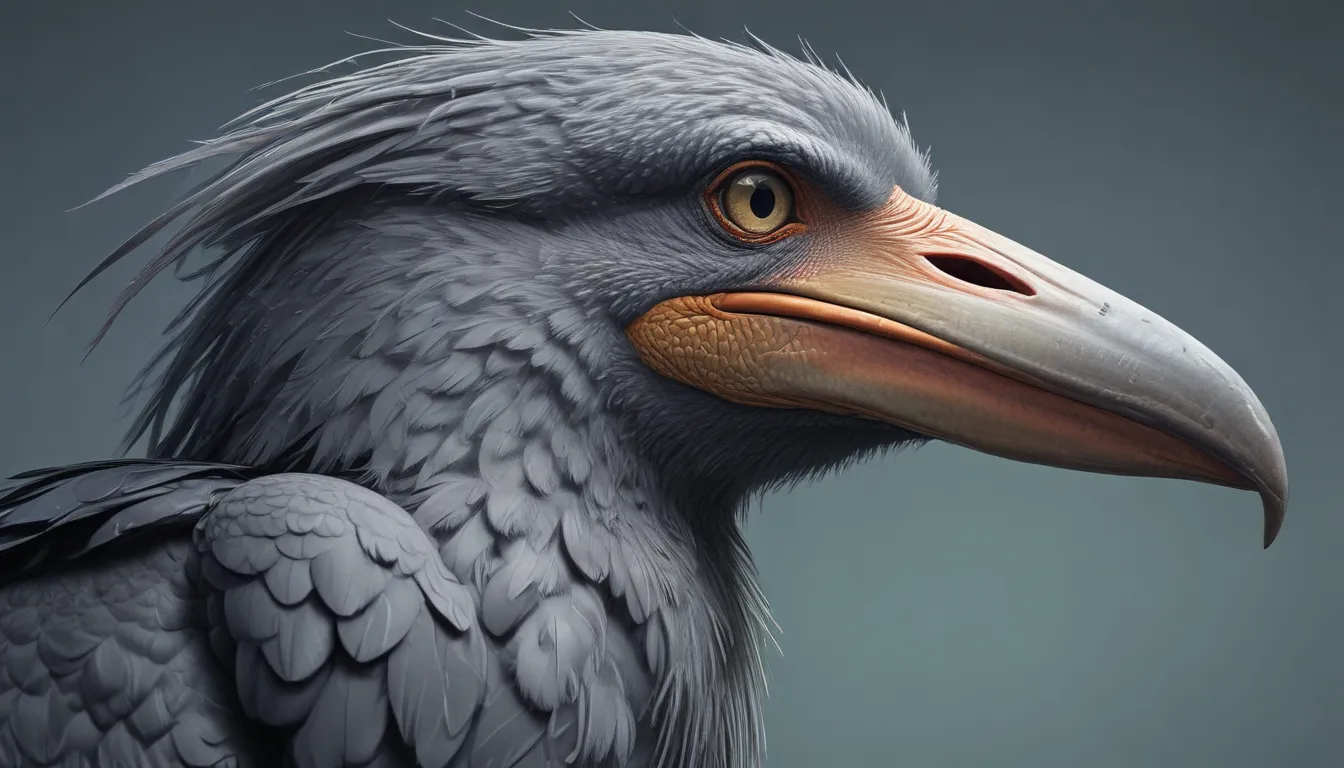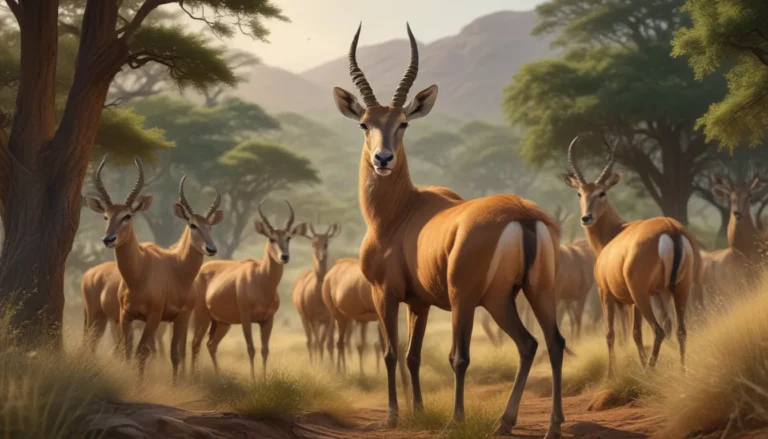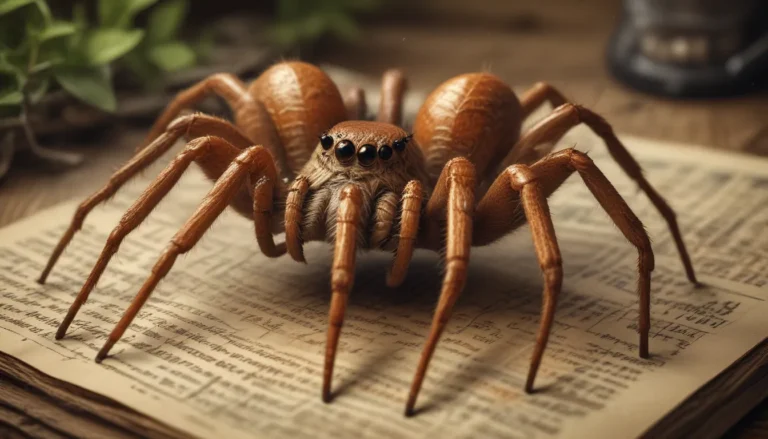The pictures we use in our articles might not show exactly what the words say. We choose these pictures to make you interested in reading more. The pictures work together with the words but don’t take their place. The words still tell you the important facts.
Have you ever marveled at the peculiar shoebill stork, a creature that seems to have emerged from a time long past, reminiscent of a species from a Jurassic Park movie? These majestic birds captivate with their enormous shoe-shaped bills and striking, intense gaze. Shoebill storks are not your average feathered companions; they are unique, mysterious, and truly astonishing. From their distinctive hunting methods to their solitary demeanor, every aspect of these birds reflects the marvels of the natural world. So, why do shoebill storks stand out among their avian counterparts? Let's delve into the world of shoebill storks and uncover some truly mind-blowing facts about these magnificent creatures. Prepare to be enchanted, as these birds are nothing short of extraordinary!
Unraveling the Enigma: Who are Shoebill Storks?
Shoebill storks, scientifically known as Balaeniceps rex, stand out as one of nature's most unique avian species. Resembling a relic from an ancient era, these birds are renowned for their large, shoe-shaped bills, which define their identity. Native to the swamps and marshes of East Africa, they lead a predominantly solitary existence, sustaining themselves primarily on a diet of fish, frogs, and occasionally, small reptiles and rodents.
Finding Sanctuary in the Wetlands: Where do Shoebill Storks Reside?
- Shoebill storks inhabit the freshwater swamps of central tropical Africa, with significant populations in countries like Uganda, Rwanda, and Zambia. These birds thrive in habitats rich in dense vegetation and standing water, providing ample opportunities for them to hunt their aquatic prey.
Delving into the Diet of the Shoebill Stork
- Primarily, shoebill storks feast on lungfish, a favored delicacy that often necessitates them to remain motionless for extended periods, waiting to swiftly strike. Their culinary preferences extend beyond fish, encompassing water snakes, small crocodiles, and even baby turtles, showcasing their prowess as apex predators within their ecosystems.
Scaling Heights: How Large is the Majestic Shoebill Stork?
- An adult shoebill stork can reach impressive heights of up to 5 feet (1.5 meters) and weigh between 12 to 16 pounds (5.4 to 7.3 kilograms). Their expansive wingspan, reaching up to 8 feet (2.4 meters), facilitates effortless gliding across their marshy habitats.
The Quirks and Charms of Shoebill Storks
- Apart from their iconic bill, shoebill storks possess piercing yellow eyes that enhance their prehistoric allure. These keen eyesight aids in spotting prey in murky waters, essential for their hunting endeavors.
- Their feet are another marvel, large and adapted for traversing vegetation floating on water, preventing them from sinking into the swampy ground and enabling them to stealthily approach their quarry.
The Intriguing Breeding Behaviors of Shoebill Storks
- Shoebill storks are solitary beings, congregating only during the breeding season. They construct substantial nests out of vegetation, often situated on small islands or floating platforms within their swampy habitats.
- Remarkably, these birds lay a scant one to three eggs per breeding cycle, prioritizing parental care. Both parents undertake incubation and feeding duties, ensuring the survival of their progeny in the challenging environs they inhabit.
Nurturing the Guardians of the Wetlands: Conservation Efforts for Shoebill Storks
- Currently designated as vulnerable by the International Union for Conservation of Nature (IUCN), shoebill storks face threats from habitat destruction, particularly due to wetland drainage for agriculture and human settlement.
- Preservation initiatives, including habitat conservation and anti-poaching measures, are crucial for safeguarding these magnificent birds. Conservationists stress the significance of wetland health not only for shoebills but also for upholding the overall biodiversity of these ecosystems.
Unveiling the Enigmatic Nature of Shoebill Storks
Diving into the world of shoebill storks has been nothing short of enchanting. These regal birds, with their ancient appearance and unique mannerisms, truly command attention in the avian realm. From their towering stature to their stealthy hunting antics, shoebill storks embody the mystique and splendor of the natural world. Their pivotal role within their ecosystems underscores the importance of conservation endeavors to perpetuate the existence of these extraordinary creatures. Understanding and cherishing shoebill storks serve as a poignant reminder of the intricate tapestry of life that surrounds us. Let's cherish and preserve these remarkable birds, for they contribute a vibrant tapestry to our natural world. With heightened awareness and concerted action, let us aspire to witness shoebill storks gracing the wetlands of Africa for generations to come.
Frequently Sought Answers
-
What defines a shoebill stork?
Shoebill storks are distinguishable for their shoe-shaped bills, endemic to East African swamps, and renowned for their prehistoric appearance and solitary nature. -
How long do shoebill storks usually live?
In the wild, shoebill storks may live up to 35 years, influenced by habitat quality, food availability, and predation. Captive individuals may enjoy extended lifespans due to reduced threats and optimal care. -
What composes the diet of shoebill storks?
Shoebill storks are carnivorous, focusing on fish, particularly lungfish. Additionally, they consume water snakes, small crocodiles, and frogs, showcasing their diverse palate and unique hunting tactics. -
Are shoebill storks endangered?
Shoebill storks hold a vulnerable status according to the IUCN, facing challenges from habitat destruction, human interference, and illegal trade. Conservation initiatives are pivotal for their survival. -
Can shoebill storks take flight?
Despite their large size and peculiar appearance, shoebill storks are adept fliers, utilizing their expansive wingspan to navigate their marshy habitats. They mainly utilize flight for mobility and hunting purposes. -
How do shoebill storks communicate?
Shoebill storks engage in bill-clattering to communicate, particularly during the breeding season. This distinctive sound, reminiscent of a machine gun firing, serves to establish territory and attract mates, enhancing their mysterious allure. -
Where can one observe shoebill storks in their natural habitat?
In East Africa, notably within large freshwater swamps spanning from Sudan to Uganda, shoebill storks flourish. Prime locations for witnessing these majestic birds include South Sudan's Sudd Swamp and Uganda's Murchison Falls National Park.
Wrapping Up the Mystique of Shoebill Storks
The enigmatic shoebill stork pledges an enthralling glimpse into the wonders of nature, captivating all who encounter these avian treasures. As stewards of our planet, let us rally together to safeguard the wellbeing of shoebill storks and preserve the richness of our ecosystems. Embrace the allure of these magnificent birds, celebrating their uniqueness as pivotal actors within the intricate web of life. May our collective efforts ensure a harmonious coexistence with these remarkable creatures, allowing shoebill storks to enchant generations to come.






